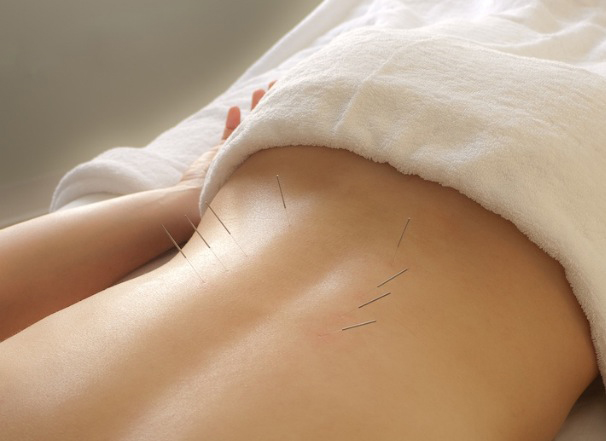Acupuncture And Lower Back Pain
If you suffer from low back pain, you are not alone ! At some point in their lives, up to 80 percent of all Americans will experience low back problems. (Frymoyer, JW, N Engl J Med, 1988) Next to the common cold, low back symptoms are the most common reason for visits to primary care physicians. (Cypress, Amer J Pub Health, 1983) The direct annual health care costs for low back problems in the United States are estimated to be at least as high as $20 billion. Indirect costs, such as disability payments and lost work time, could significantly increase the overall cost. (Webster and Snook, J Occup Med, 1990) The average back problem cost employers almost $19,000 – with some back cases costing from $125,000-$150,000. Workers out with back injury for more than six months have only a 50% chance of returning to full productivity. There are two main types of low back pain.

Years of abusing your back (poor posture, improper lifting and the lack of body conditioning) makes the back prone to injury. The lower back is particularly vulnerable and the dysfunction of its major joints can lead to painful results. Other pain-sensitive structures can be stretched, torn and distorted.
This type of pain is caused from inflammation caused by irritation or injury to the disc, the facet joints, the ligaments or the muscles of the back. A common cause of mechanical pain is disc degeneration. Mechanical type pain usually starts near the lower spine and may also spread to include the buttock and thigh areas. It rarely extends below the knee.
Facet syndrome (back sprain) is most often brought on by a sudden movement or injury, often following years of back neglect, and results in pain and stiffness and difficulty moving. You may find yourself bent off to one side. Sacroiliac syndrome occurs from a sudden injury or movement and is felt as a sudden pain in the hip area. You have difficulty changing positions and the pain can be excruciating. It is sometimes difficult to differentiate from a facet syndrome or disc herniation. This is the most commonly misdiagnosed back problem, usually called a muscle pull. Herniated discs are brought on by a sudden movement, often lifting, on top of general wear and tear and may cause severe pain in the back and legs. It takes quite a while to build up and may take quite a while to get better. Muscle and Ligament Strain is most often caused by poor posture or an old untreated back injury. Symptoms are chronic backaches with occasional spasms. Scoliosis (curvature of the spine) is most common among teenage girls. It is important that it be screened for after the age of 10. Your chiropractor can show you how. While few symptoms may occur, the long term effects can be quite significant.
Spinal stenosis can also cause compressive type pain. In some people, degeneration of the spine can result in a narrowing of the spinal canal where the spinal nerves are located. This causes all of the nerves within the spinal canal to become inflamed, and fail to function properly. Numbness can invoke both of the lower extremities and may become worse with activities such as walking. Pain can involve both of the lower extremities and worsens with activities such as walking, and gets better after short periods of rest. Weakness of the muscles of both legs may also occur, and again this may get worse when activity increases.
Historically, adjustments (spinal manipulation) have been accepted by patients for eons as an appropriate method of treating back pain. Hippocrates, the father of Medicine, used this approach more than 2000 years ago while 1995 marked the celebration of the 100th anniversary of the introduction of chiropractic to the modern world. Today, the chiropractic profession is recognized as one of the five diagnosing professions in Ontario (also dentistry, optometry, medicine and psychology) and throughout the world. Over 200 million visits are made to chiropractors annually, many for treatment and/or prevention of lower back pain.
Acupuncturist stresses the importance of body wellness in maintaining a healthy back. Treatment/prevention programs will include instruction in good back habits, diet, exercise and overall body conditioning. If alternative forms of therapy are required, your Acupuncturist is knowledgeable about other health professionals and can refer you. Please visit Acupuncture Arlington today and get treatments like Cupping, Electroacupuncture and Gua Sha.
